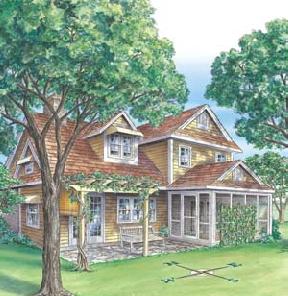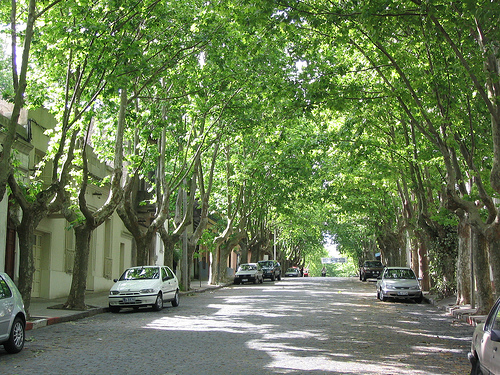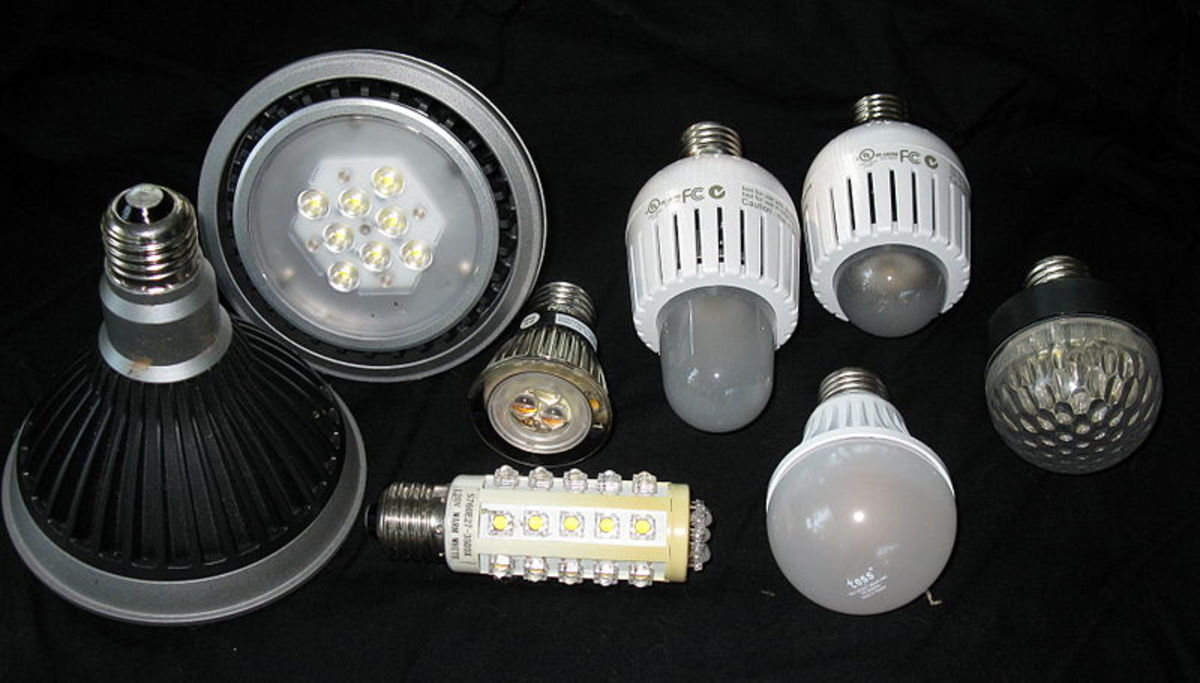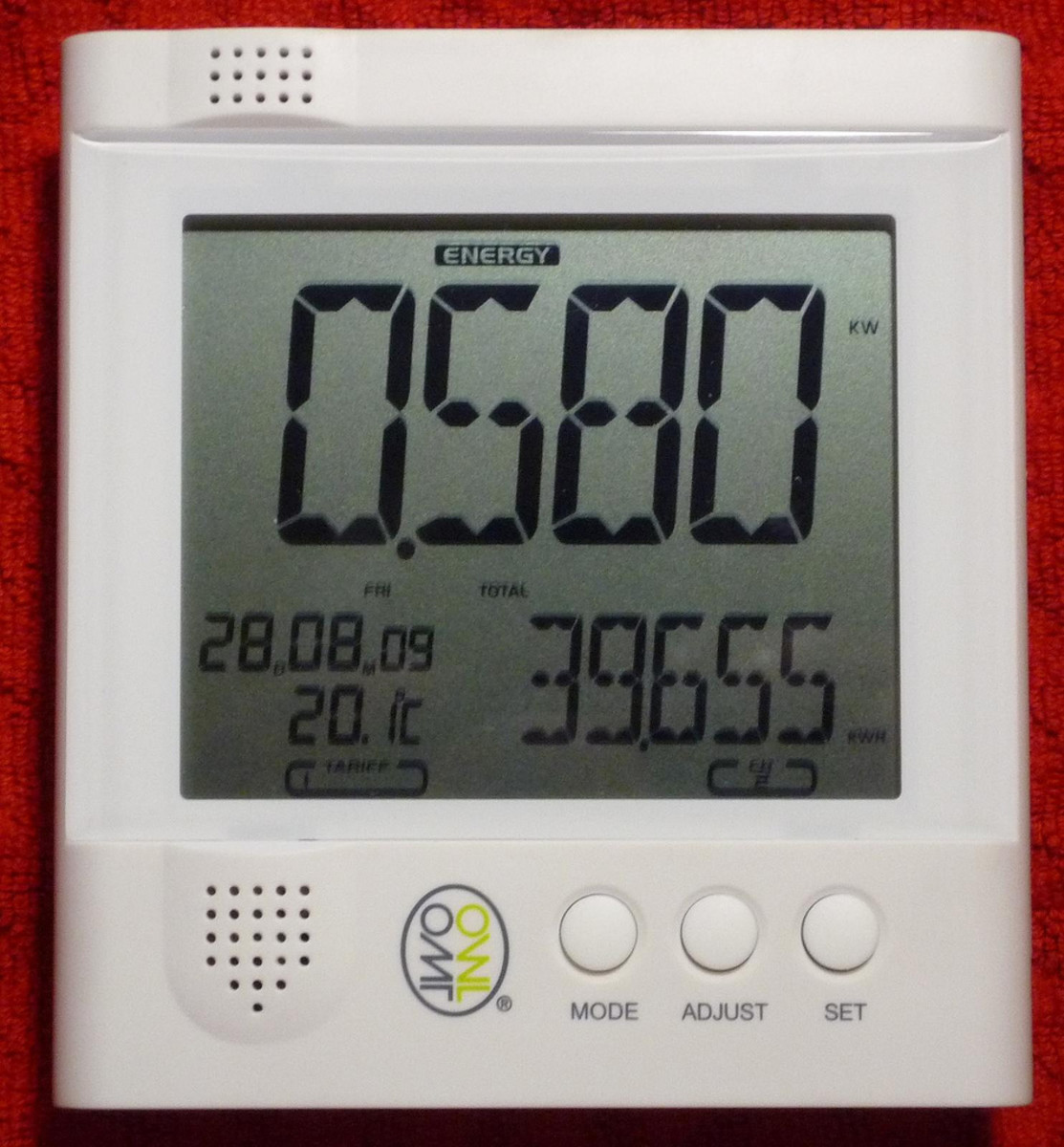Landscaping for Energy Efficiency

Remember
- Always check for underground power or utility lines before digging garden beds or holes for trees and shrubs.
- Plant tall trees at least 15 feet from your house, and never plant trees that will grow higher than 20 feet under overhead power or telephone lines.
- Choose native or non-invasive, naturalized species in order to minimize water and maintence.
Grow Your Savings
More Tips
- The Right Tree in the Right Place
Advice from the National Arbor Day Foundation - Landscaping for Energy Efficiency (PDF)
An informational brochure from the US Department of Energy
In addition to beautifying your yard and increasing your home's value, thoughtful landscaping can save you money on heating and cooling bills! According to US Department of Energy calculations, proper placement of just three trees can save you an average of $100-250 every year on energy costs. Add a few more, and trees can save up to 25% of your household's evergy costs for heating and cooling.
Here's how to do it:
- Plant deciduous trees (trees that lose their leaves every winter) on the south, west, and east sides of your house. These trees will provide summer shade to keep your cooling bills lower (up to 50% lower in some regions), while letting the winter sun pass through bare branches to help warm your home. Trees also provide evaporative cooling in summertime. Temperatures directly under trees can be as much as 25 degrees Fahrenheit cooler than air over unshaded blacktop. Summer daytime temperatures are an average of 3-6 degrees Fahrenheit lower in tree-shaded neighborhoods than unshaded neighborhoods.
- Plant trees or shrubs to shade your air conditioning unit. Shaded ACs use up to 10% less energy than unshaded ones, because they work more efficiently.
- Plant deciduous vines on south-facing walls. Like deciduous trees, decidous vines shade your house in summer and reduce cooling bills, while allowing the winter sun to pass through.
- Plant evergreen trees on the northwest side of your house as a windbreak. Windbreaks can lower your winter heating bills by up to 20%. Windbreaks are effective for distances of up to eight times their height and ideally should be planted to extend for at least 50 feet on both sides. However, in a smaller yard, even a small windbreak will be better than nothing.
- Use shrubs as base plantings. Deciduous shrubs can help shade your home and reduce cooling bills, while a dense planting of evergreens about 4-5 feet from the north wall of your house will break the wind and create a dead air zone against your house that will provde natural insulation in winter.
- Plant non-fruiting trees to shade driveways, sidewalks, and streets. This reduces the urban heat island effect and lowers surrounding air temperatures, lowering cooling bills. On a larger scale, it also has some surprising side benefits. Studies have shown that motorists are more likely to drive responsibly down tree-lined streets than sunny ones, and the cooler summer temperatures encourage people to spend more time outisde, increasing front yard activity and association. Finally, protecting paved surfaces from harmful UV rays increases their lifespan.

Not Convinced?
Landscaping, especially with trees, can:
- Add beauty and value to your home. Attractive landscaping can increase property values by up to 20%.
- Add privacy.
- Attract birds and other wildlife
- Reduce noise pollution
- Improve air and water quality.
- Reduce your carbon footprint









